Your Hair Hates Summer (But It Doesn’t Have To): A Pro’s Guide to Damage Control
You know, after years of working with hair, I can tell the season just by looking at it. Once September rolls around, it’s always the same story: hair that’s dry, faded, and full of split ends. So many people sit in my chair feeling frustrated, asking for some miracle cure for the brittle mess their hair has become after a few months of fun in the sun.
In this article
They usually blame their genetics or assume they need some ridiculously expensive, magical product. But honestly, the truth is way simpler. Summer is just uniquely tough on hair, and protecting it is all about having a little know-how and being consistent. No tricks, no secrets, just smart habits.
Let’s get one thing straight: our goal isn’t ‘rapid hair growth,’ because that’s just not how biology works. Hair grows at a pretty steady pace, about half an inch a month for most folks. The real focus should be on protecting the hair you already have and creating a healthy environment for new growth. This means understanding what’s really happening to your hair on a microscopic level. So, let’s ditch the quick-fix mentality and talk about what actually works.

The Real Culprits Behind Summer Hair Damage
To shield your hair effectively, you first have to know your enemy. Your hair isn’t just a lifeless fiber; it’s a complex structure made of a protein called keratin. Each strand has a few layers, but the most important one for this conversation is the outer layer, the cuticle. Think of it like shingles on a roof.
When your hair is healthy, those shingles lie flat, protecting the inner layers and giving your hair that smooth, shiny look. Summer, however, is a non-stop assault on that cuticle. When it gets damaged, the shingles lift up and break, exposing the core of your hair. This is what leads directly to moisture loss, weakness, and that dreaded frizz.
Here’s the breakdown of the three main offenders:
- The Sun (UV Radiation): Yep, just like your skin, your hair gets sun-damaged. UVA rays go after the pigment in your hair, which is why your color—natural or not—fades so fast. UVB rays are even nastier; they actually break down the protein structure of your hair, leaving it weak, brittle, and prone to snapping.
- Chlorine: That chemical keeping the pool clean is also a master at stripping your hair’s natural protective oils (sebum). Without that barrier, hair feels rough and dry. Chlorine also gets under those lifted cuticle shingles and oxidizes the hair shaft. For blondes, this is where the trouble really starts. Chlorine can bind to copper and other metals in the water, depositing them onto your hair and causing that infamous green tint. Heads up: it’s not a stain, it’s a chemical reaction.
- Saltwater: A day at the beach feels amazing, but salt is a natural dehydrator. Through osmosis, the high salt concentration in the ocean literally pulls water molecules out of your hair, leaving it parched. As your hair dries, those little salt crystals create friction between the strands, leading to more tangles and breakage.
Okay, now that you know what you’re up against, we can build a proper defense plan.
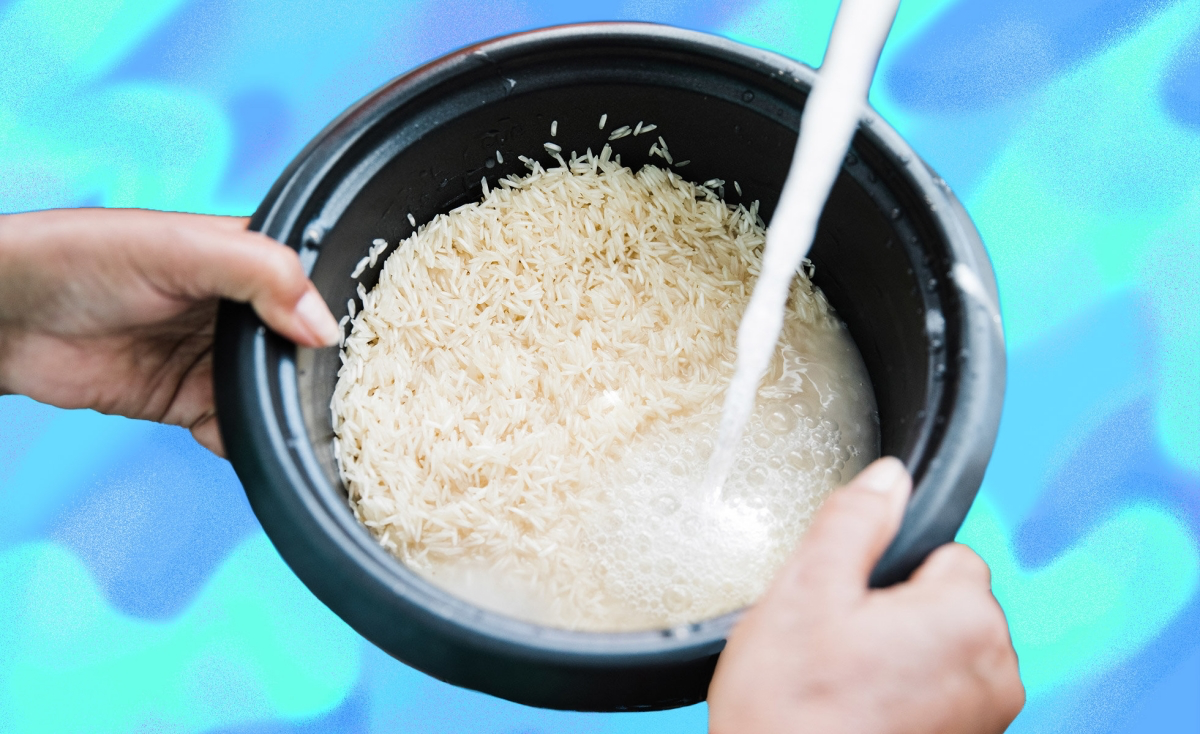
Your First Line of Defense: Physical Barriers & UV Sprays
Before we even get to products, let’s talk about the most obvious and effective solution: physically blocking the sun. I’m always surprised how many people forget this!
Wearing a hat, a scarf, or even just sitting under an umbrella is your best bet for preventing UV damage. It’s simple, cheap, and 100% effective. But if you’re not a hat person or you’ll be in the water, a UV protectant spray for hair is your next best friend. Do they actually work? Yes! They act like sunscreen for your hair, creating a film that absorbs or reflects UV rays. Look for products that specifically say “UV protection.” A great budget-friendly option is the Sun Bum 3-in-1 Leave In, which you can find for about $15 at Target or drugstores.
Let’s Start at the Source: A Healthy Scalp
You can’t grow healthy plants in bad soil, and you can’t grow healthy hair from a neglected scalp. It’s that simple. Your scalp is skin, and in the summer it sweats more, produces more oil, and gets hit with the same sun and chlorine as the rest of your hair.
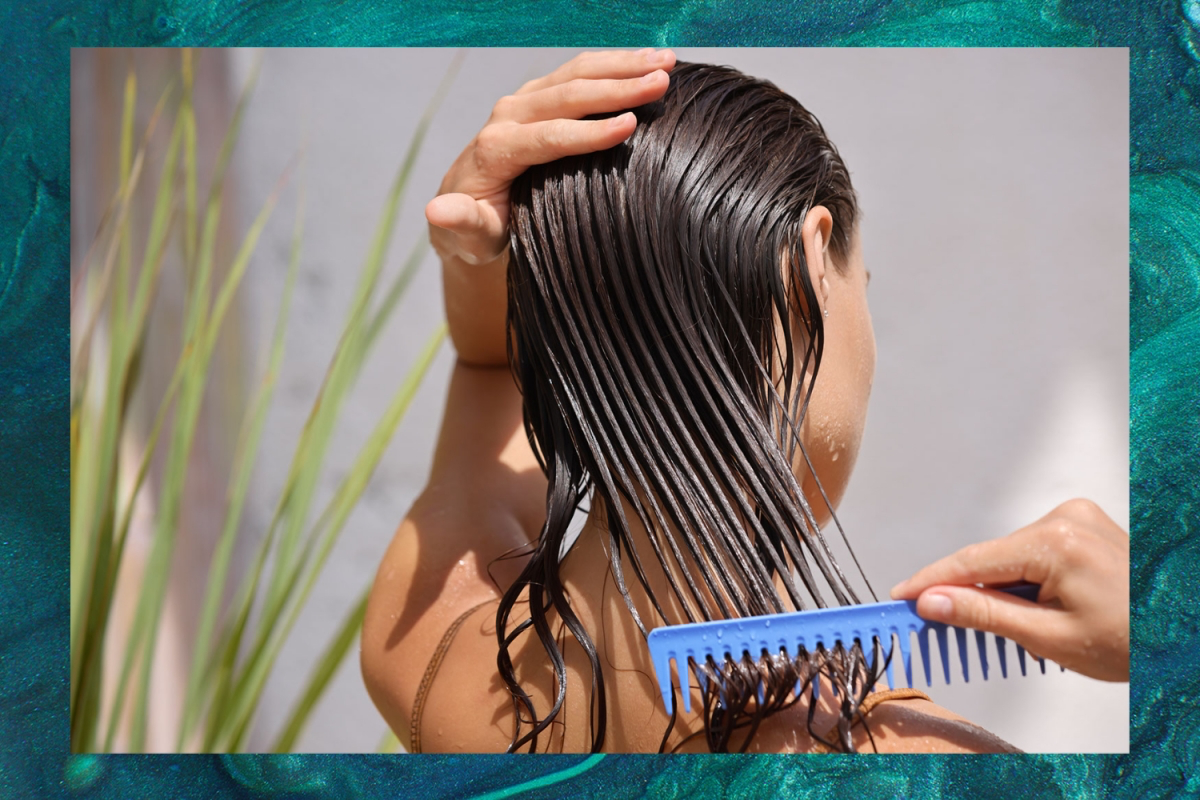
A clean, balanced scalp is non-negotiable. During the summer, you might need to wash your hair more often, especially after swimming or a sweaty workout. Don’t fall for the myth of “over-washing.” It’s not how often you wash, but what you wash with that matters. A gentle, sulfate-free shampoo is perfect for frequent use. But if you’ve been in a pool, you absolutely need a clarifying or chelating shampoo to remove that chlorine and mineral buildup. Use it once a week, max, as it can be drying.
Oh yeah, and a quick scalp massage before you shampoo is a fantastic habit. Use the pads of your fingers (never your nails!) and apply firm but gentle pressure, moving the skin over your skull in small circles for a few minutes. This boosts blood flow, delivering more oxygen and nutrients right to the hair follicles where growth begins.
Building Better Hair from the Inside
I’m a hair pro, not a doctor, but I can tell you with total certainty that no topical product can fix a nutritional deficiency. Your hair is literally made of protein, so getting enough in your diet is ground zero. Other key players are iron (low iron is a huge cause of shedding), zinc, and Vitamin D. A balanced diet with lean proteins, leafy greens, and healthy fats is your best bet. If you’re seeing major hair loss, please chat with a doctor before you start popping supplements.
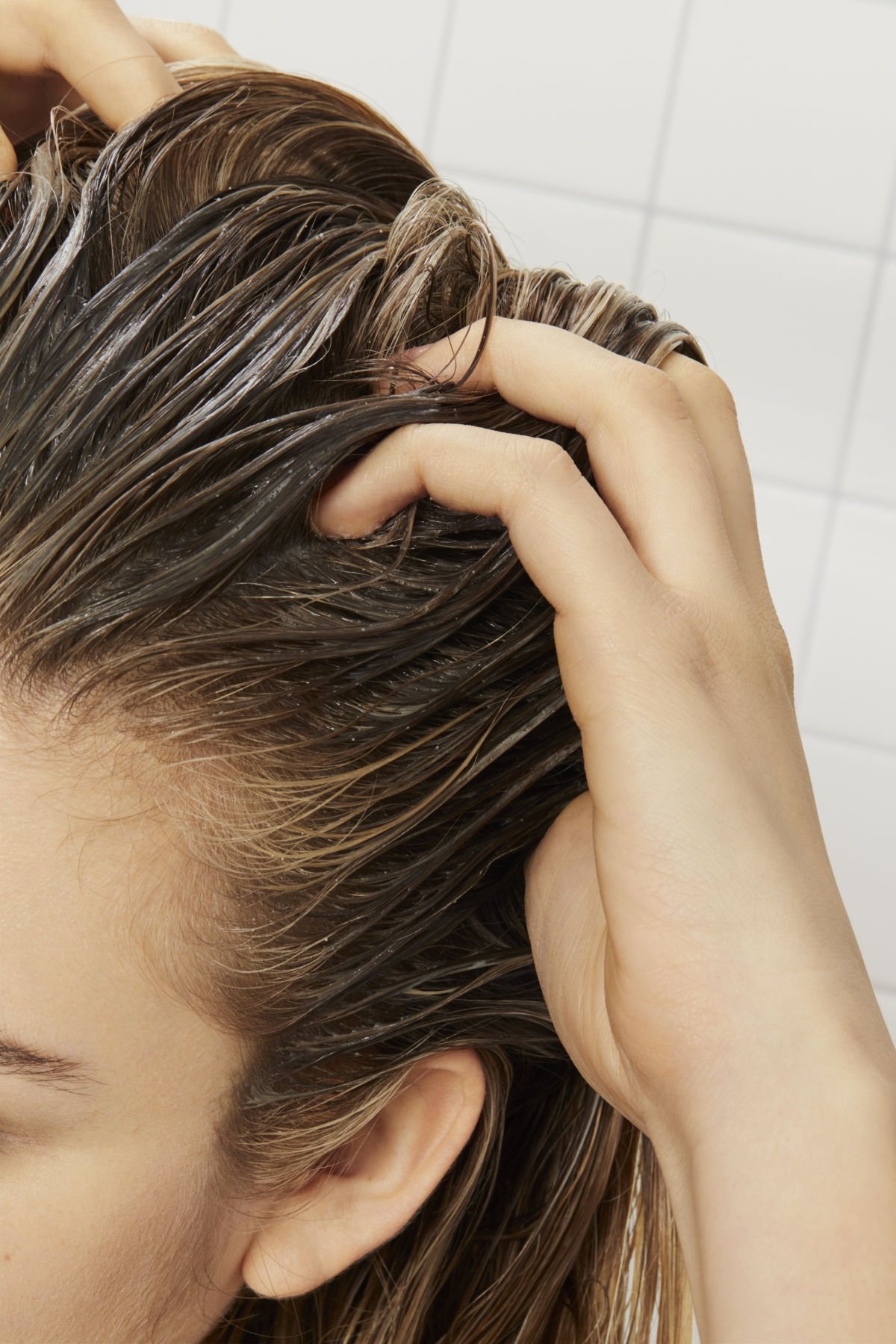
Pro-Level Routines for Summer Hair Protection
With a healthy foundation, you can now add in a routine to shield your hair from the daily grind of summer. These are the tried-and-true methods we use in the salon.
The Pre- and Post-Swim Game Plan
If you only take one piece of advice from this entire article, make it this one. Seriously. This five-minute trick will prevent 80% of summer hair damage.
Your hair is like a sponge. If you let it soak up clean water first, it can’t absorb as much damaging chlorine or saltwater. It’s that easy.
The Pre-Swim Routine: 1. Wet your hair thoroughly with clean tap water (from the shower or a drinking fountain). 2. Squeeze out the excess water. 3. Apply a generous amount of a leave-in conditioner. This creates a physical barrier, sealing the cuticle shut. A silicone-based one with ingredients like Dimethicone is great for this. Don’t be scared of silicones here; they are your friend for creating a protective shield.
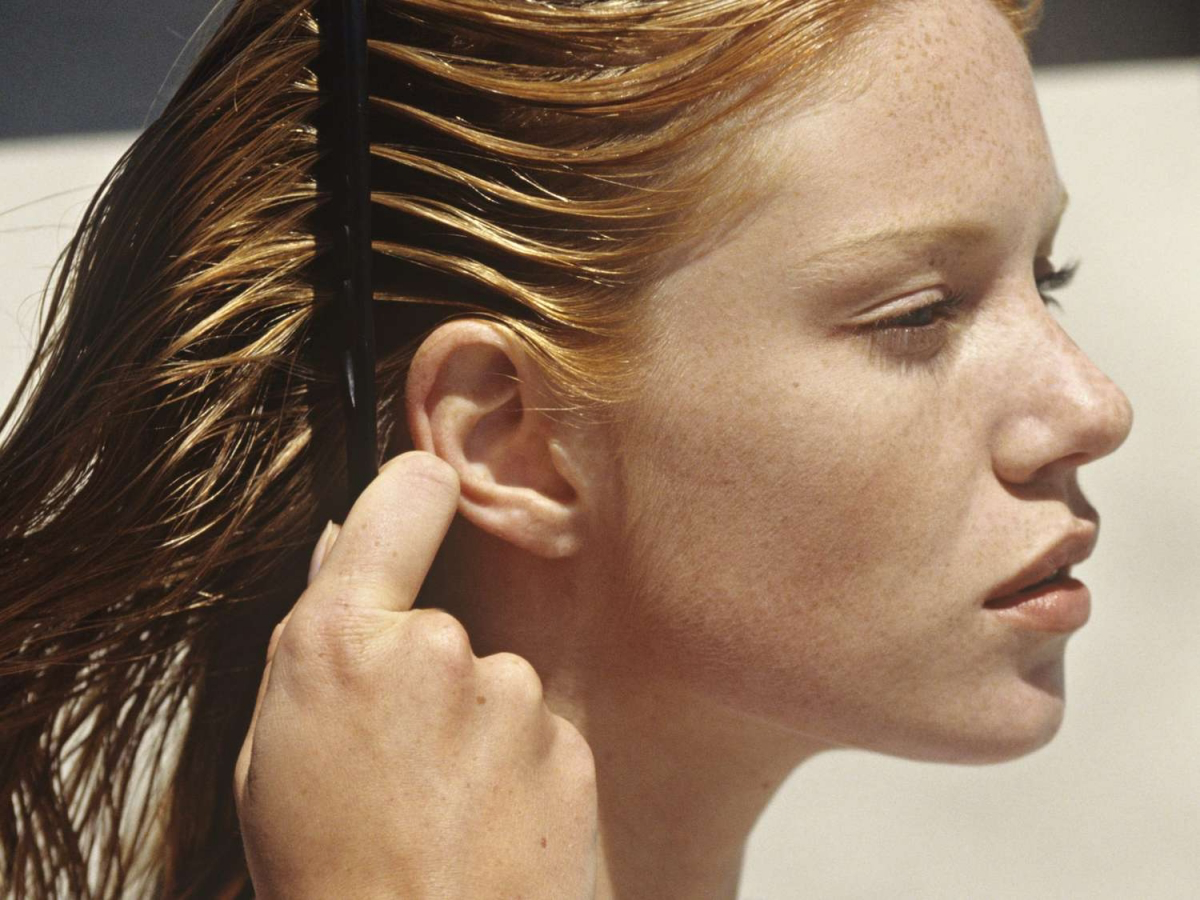
After your swim, you have to rinse your hair with clean water immediately. Don’t let the salt or chlorine dry in your hair. When you get home, use that clarifying shampoo we talked about, and always follow up with a deep conditioner.
Help, My Hair Turned Green!
I’ll never forget a client who came in after a two-week vacation. Her gorgeous platinum blonde was tinged green and felt like straw. The first thing we did in the salon is something you can actually do at home. To counteract that green tint (which is from copper, not chlorine), you need something acidic. The old-school trick is to saturate your hair with tomato juice or even ketchup for 15-20 minutes before shampooing. The acid helps neutralize the green. It sounds weird, but it often works! For a more potent fix, a pro-quality chelating treatment like Malibu C Hard Water Wellness will chemically remove the mineral deposits.
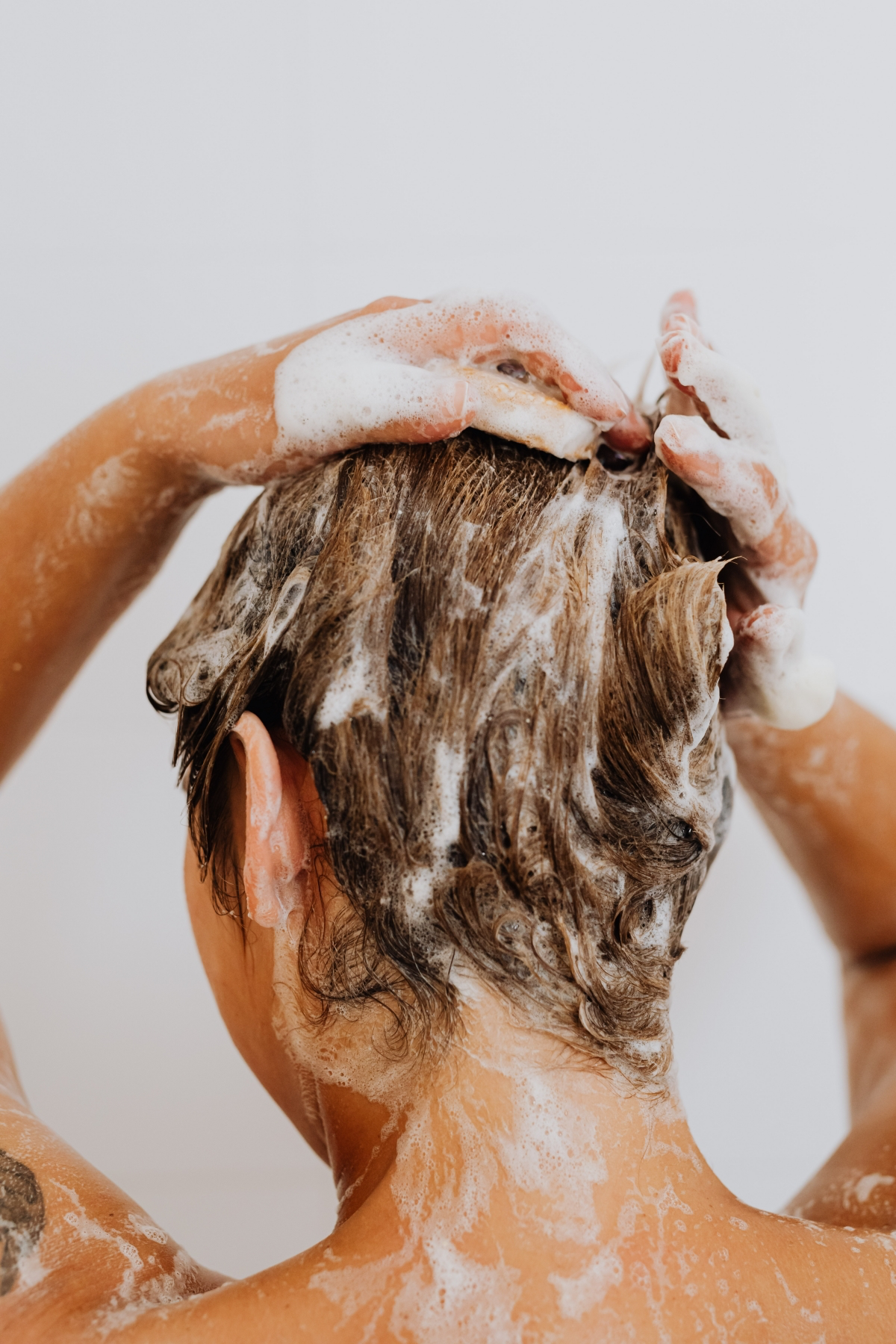
Deep Conditioning: Are You Thirsty or Weak?
Summer-damaged hair usually needs both moisture and protein, but giving it the wrong one can make things worse. Here’s a quick test: gently take a single wet strand and stretch it.
- If it stretches way more than usual and feels mushy or gummy, like overcooked spaghetti, it’s begging for protein. It’s structurally weak.
- If it barely stretches at all and just snaps, like a dry twig, it’s desperate for moisture. It’s dehydrated.
Most summer hair needs moisture. Look for masks with ingredients like hyaluronic acid, glycerin, or natural oils. Use these once a week for at least 20 minutes. For protein, be careful! Protein overload is a real thing and makes hair stiff and brittle. Use treatments with keratin or amino acids only once or twice a month, and always follow up with a moisturizing conditioner to restore softness.
My Pro-Approved Summer Hair Survival Kit
Feeling overwhelmed? Don’t be. Here’s a simple shopping list to get you started.
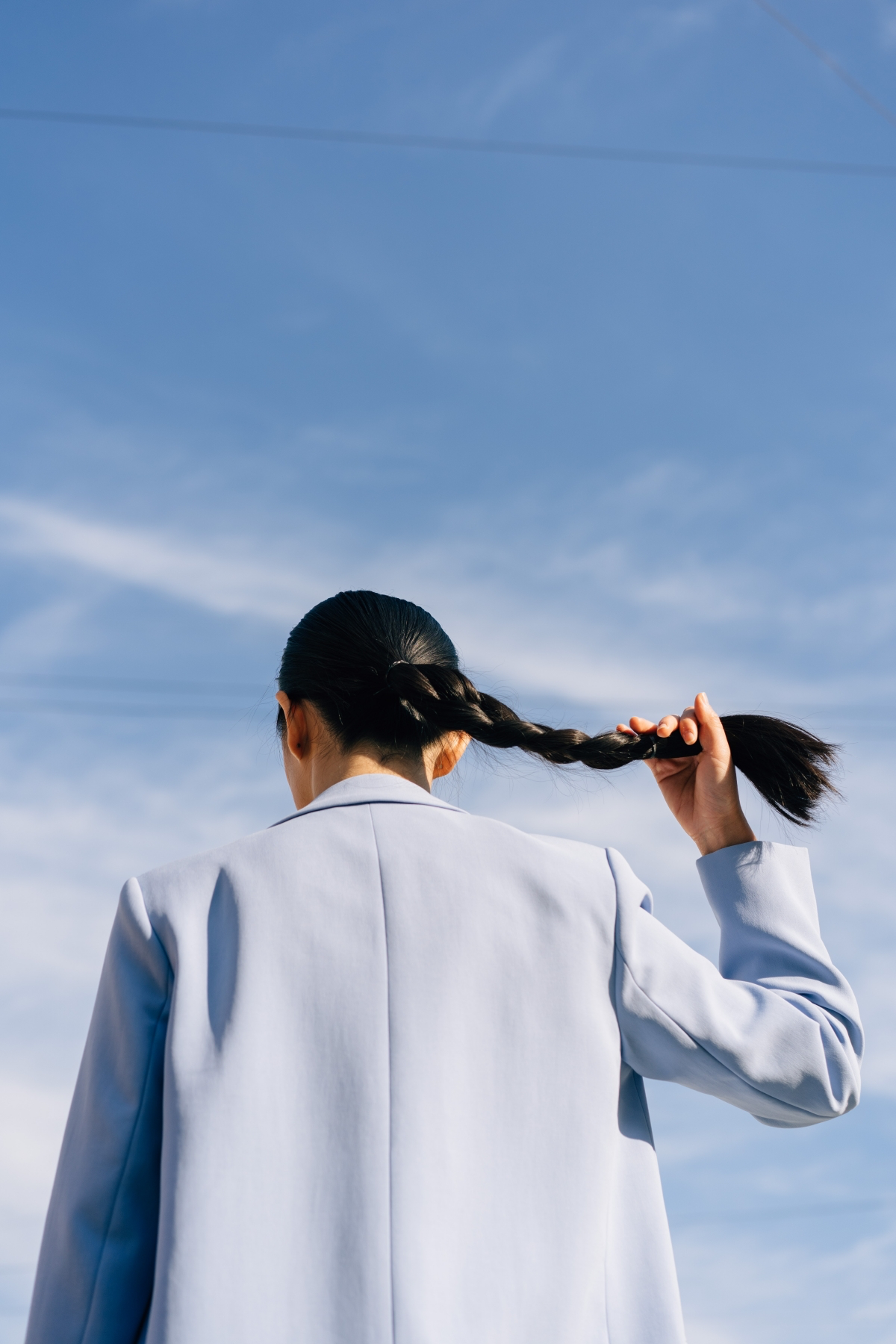
- Gentle Daily Shampoo: For frequent washing. Any sulfate-free drugstore brand will do.
- Clarifying Shampoo: A must-have for swimmers. For a budget buy, grab Neutrogena’s Anti-Residue Shampoo (around $8). If you want the pro stuff, look for Malibu C Un-Do-Goo (around $30).
- UV Protectant Leave-In: Your daytime shield. Sun Bum and Coola both make great ones ($15-$25).
- Moisture Mask: For weekly deep conditioning. You can find excellent ones from brands like Shea Moisture for under $15, or splurge on a salon brand like Briogeo for around $40.
- Protein Treatment (Optional): Only if your hair feels weak and gummy. Aphogee Two-Step Protein Treatment is an intense, classic choice available at beauty supply stores for about $25.
A quick note for different hair types: if you have fine hair, stick to lightweight sprays and avoid heavy oils that can weigh it down. If you have coily or very curly hair, you’ll need even MORE moisture, so feel free to use a rich leave-in daily and deep condition twice a week.
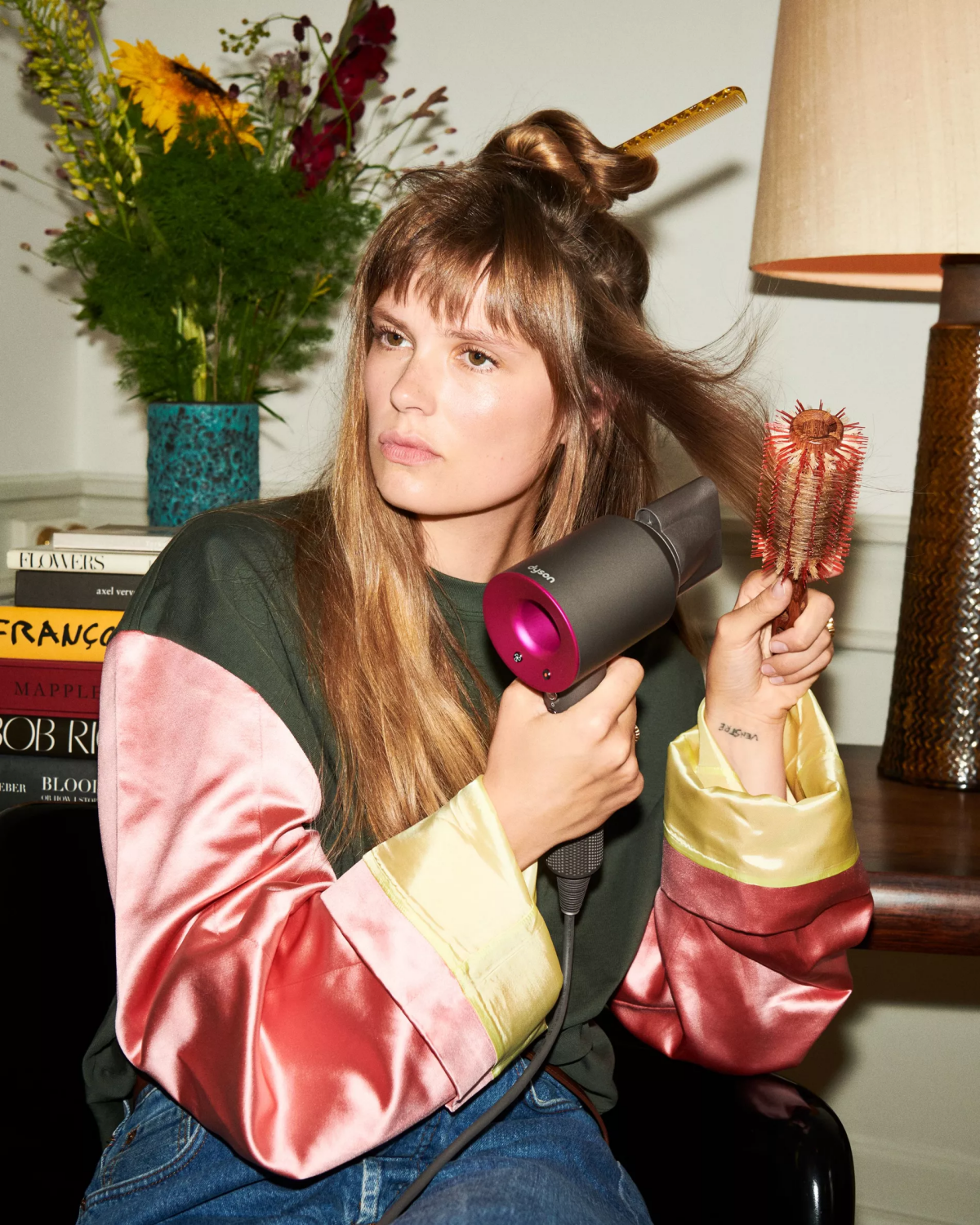
A Quick Word on DIY Trends…
The internet loves a good hair hack, but let’s be cautious. That viral rice water rinse? It’s essentially a starch and protein treatment. Used sparingly (once a week, rinsed out well), it can feel strengthening for some. But I’ve had clients come in with straw-like hair from using it daily. Remember what I said about protein overload? Same risk here. And homemade fermented stuff can grow bacteria, which you don’t want on your scalp.
Bottom line: consistency with proven basics will always beat trendy, risky hacks. Take care of your hair this summer, and it will thank you come fall.
Galerie d’inspiration
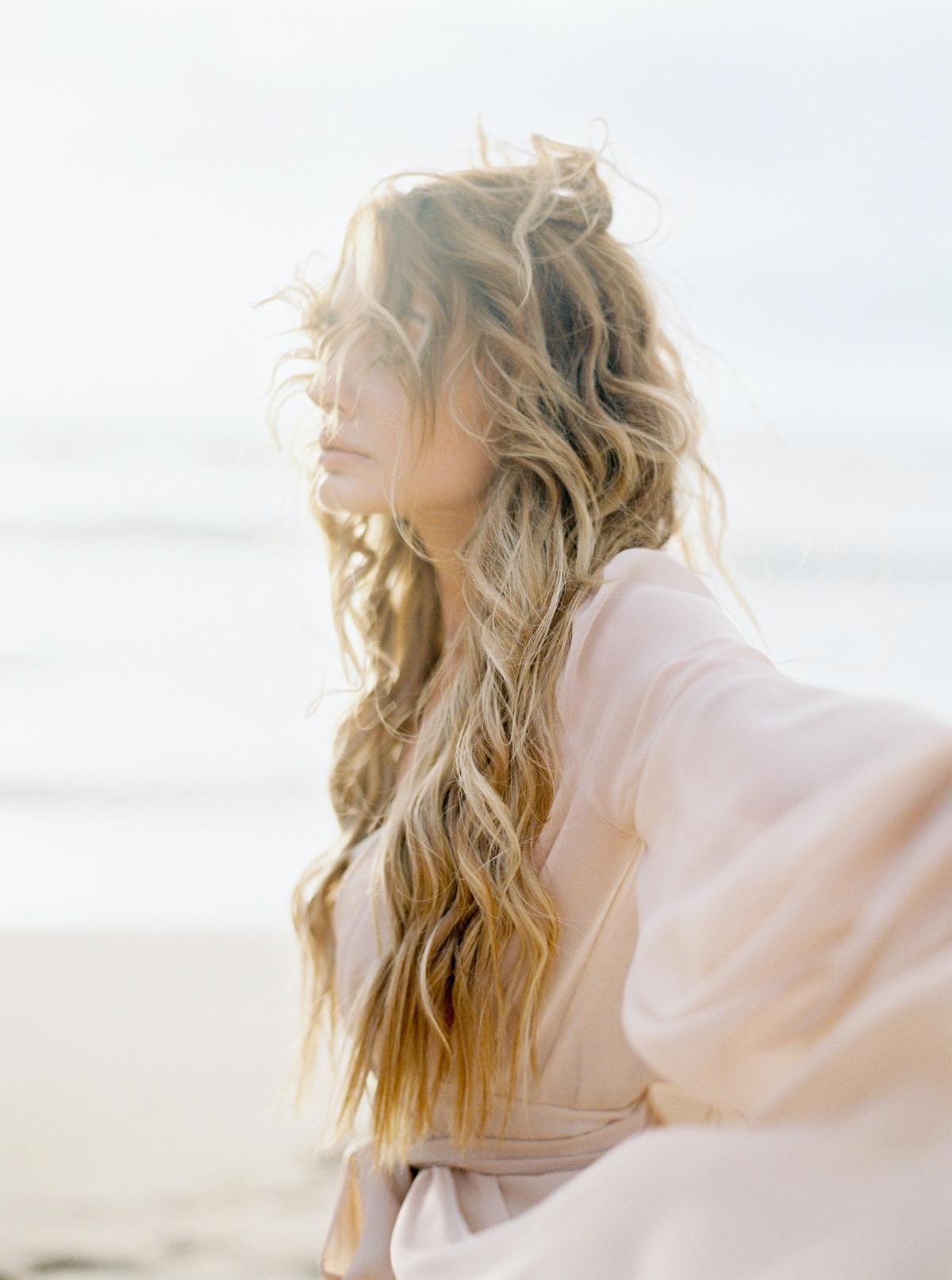
The ultimate pre-swim secret?
Before you even think about diving in, drench your hair with clean, cool tap water and apply a generous amount of a silicone-free leave-in conditioner, like Briogeo’s Farewell Frizz Rosarco Milk. Think of your hair like a sponge: if it’s already full of clean water and conditioner, it can’t absorb as much damaging chlorine or salt. This simple, 30-second step creates a powerful protective barrier, dramatically reducing dryness and potential color stripping.










